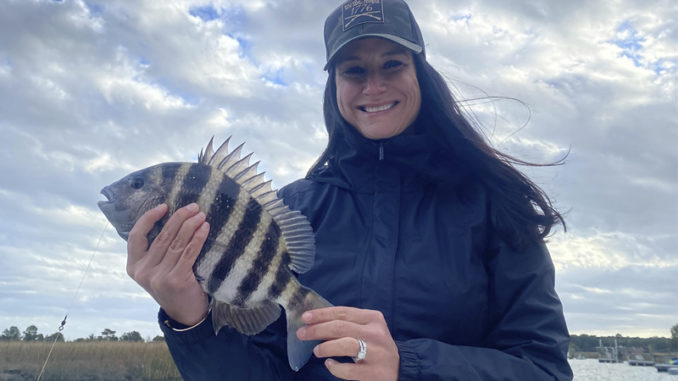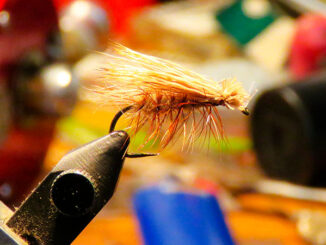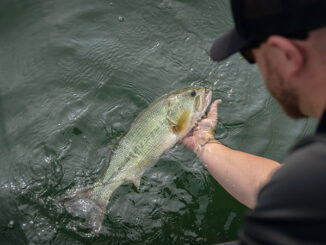
Plenty of sheepshead have stayed inside for the winter, within range of many anglers
While a lot of Lowcountry anglers are staying warm indoors this month, they are missing some great sheepshead fishing. Capt. Mike Waller of SaltFisher Charters on Kiawah Island said he laughs every time someone asks him, “Do you catch any fish in the winter time?”
“This is a great time to fish, especially for sheepshead,” said Waller (843-343-7538). “A lot of people think these fish all leave inshore and head to the reefs. But plenty of sheepshead stay inshore, and they bite just as well as the ones at the reef.”
Waller said one mistake a lot of sheepshead anglers make is sticking with one bait, then assuming the fish just aren’t biting if they don’t catch any.
“Fiddler crabs are the top bait. But sometimes the sheepshead want something different. They’ll bite live shrimp too. But my favorite way of catching them, especially when it’s really cold, is by alternating between oysters and fiddlers,” said Waller.
Waller’s favorite winter spots are rock piles at the end of docks where the water is between 10 and 20 feet deep. He knows from experience where a number of these spots are, and he checks for fish with his underwater camera.
The fish are here in big numbers during winter months
“With a few days of steady weather, the water is clear enough this time of year to see a good 20 feet in front of the camera. If I don’t see any fish at one spot, I’ll immediately move. When they are on a spot, they are on it in numbers. You won’t see just a few. You’ll see 50, 60 or 100 sheepshead,” he said.
Once he finds fish, Waller drops a fiddler down on a Carolina rig with a half-ounce weight and a short leader. He lowers the bait all the way to the bottom, then cranks the reel’s handle just one or two times.
“These fish are right on the bottom — right on those rocks,” said Waller. He will slowly lift his rod tip, anticipating a bite, then lower it if nothing hits. If he doesn’t get a bite within just a few minutes, he will switch to using oysters. “With oysters, I use a small treble hook, and I lay the piece of oyster meat on the hooks. You have to lower it down pretty easy to keep the meat on.”
The fish will often bite really well for 10 minutes or so, then cool off. When this happens, Waller switches between fiddlers and oysters, then back once the bite slows again.
“Some days I hit several different holes and catch a fair number at each hole. Other days, I just sit in one spot and the bite never stops,” he said.
Waller prefers to fish the last two hours of low tide through the first hour of high tide.





Be the first to comment